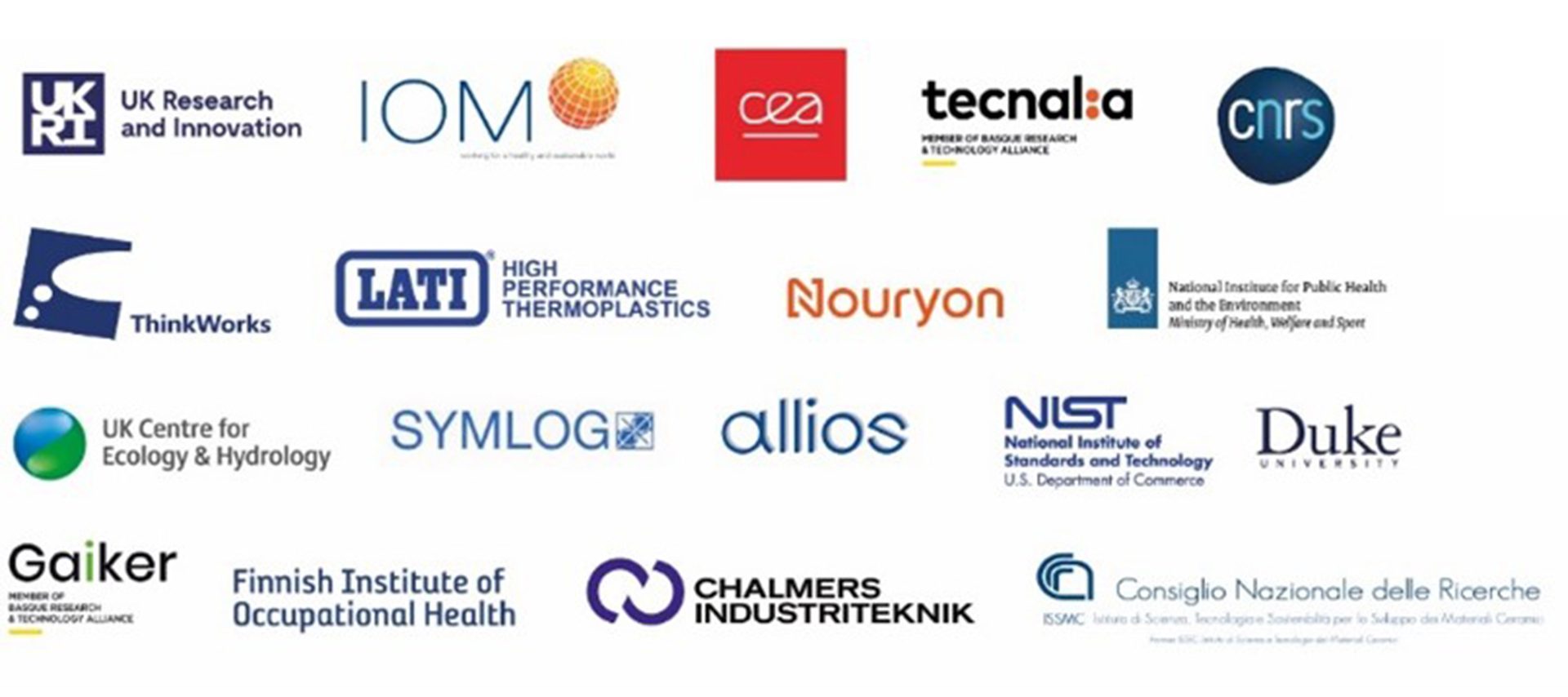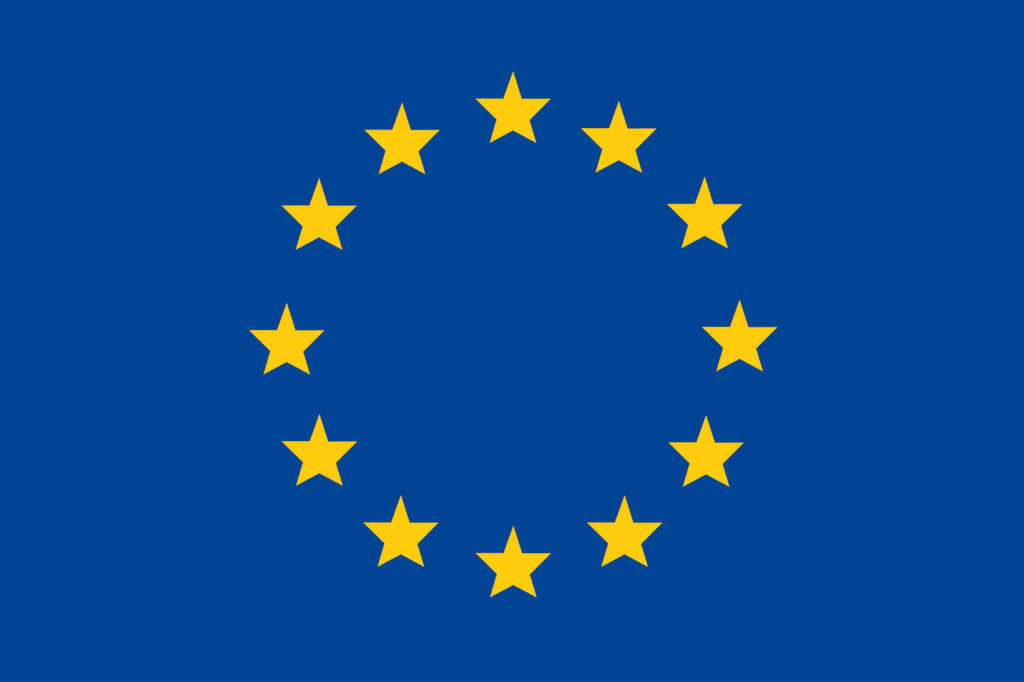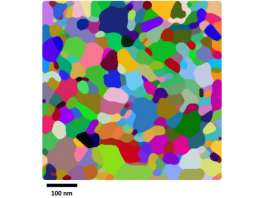The Horizon 2020 SAbyNA project is developing the integrative SAbyNA Guidance Platform to support the development of safer nanomaterials and nano-enabled products.
In recent years, the increasing use and production of nanomaterials (NMs) and nano-enabled products (NEPs) (i.e., products containing NMs) has raised concerns about the environmental and human safety of these innovative materials.
In the absence of specific and integrated regulatory guidelines for the management of risks associated with the use of NMs and NEPs, the European Commission (EC) recently recommended a conceptual Safe and Sustainable by Design (SSbD) Framework,1 which proposes a stepwise approach for SSbD implementation, to guide innovation towards the green and digital industrial transition of chemicals and materials, as part of the European political priorities and associated strategic plans (e.g., Chemicals Strategy for Sustainability-CSS, Green Deal ambitions). However, there is a need for specific guidelines and tools for its implementation.
In this context, the need to provide easy-to-use and integrative guidance to stakeholders (e.g., NEP manufacturers and consumers) is still a demanding task, not only to evaluate potential risks coming from the production or use of a NEP but also to guide through the development of safer NEP.
To address this challenge, the Horizon 2020 SAbyNA project is developing an integrative user-friendly Guidance Platform with optimal workflows to support the development of Safe-by-Design (SbD) of products (NMs and NEPs) and processes over their whole life cycle. The SAbyNA Guidance Platform will consider all the available resources (methods, models, frameworks, and tools) for evaluating safety and sustainability to reduce their complexity, costs, and delocalisation. It will help the final user select SbD process/product-specific solutions.
Because of the increasing interest in developing NMs and NEPs used in building and 3D-printing sectors, the SAbyNA Guidance Platform will be tested in paints and 3D printing applications to showcase how usability can be increased by targeting specific industrial sectors.
A continuous dialogue with different stakeholders and end users will maximise the added value of the Platform, which will also be demonstrated in real-life industrial case studies.
What will the SAbyNA project do?
The main objectives of the SAbyNA project are to:
- Map and establish hierarchies of the most relevant existing resources that can support Safe-by-Design NM and NEP;
- Establish simple, robust, and cost-effective human and environmental hazard, exposure, and risk assessment strategies;
- Improve usability of existing tools for risk identification and risk assessment;
- Propose Safe-by-Design strategies to eliminate or reduce risks at the design stage of the industrial innovation process;
- Develop the SAbyNA Guidance Platform integrating selected resources to propose Safe-by-Design strategies to maximise safety while maintaining product functionality; and
- Implement and validate the applicability of the SAbyNA Guidance Platform in 3D printing and paint sectors.
Overview of the SAbyNA Guidance Platform
The SAbyNA Guidance Platform is divided into two parts for the safety assessment of NMs and NEPs: Part 1 for the screening assessment, and Part 2, the advanced level of assessment.
In Part 1, by answering questions related to the physico-chemical characteristics, hazard and exposure data of the investigated NM/NEP, the user can perform a qualitative assessment of any potential safety concerns related to using the NM and the NEP. If safety concerns are raised, more in-depth inputs are requested from the user in Part 2 of the Platform.
In Part 2, indeed, the user is guided on how to use the existing data sources (e.g., eNanoMapper database) or, alternatively, on the most suitable method/tool to be used to generate the data needed. If risks are identified, the user is then guided through applying Safe-by-Design strategies for products and processes to reduce or mitigate those risks.
Additionally, the Platform is also complemented by modules that allow the user to assess, in a simplified manner, the sustainability concerns and to calculate the costs associated with the implementation of the SbD strategies suggested.
In conclusion, the SAbyNA Platform will help the user to consider all the relevant aspects in the decision-making process for the development of an NM/NEP along its whole life cycle (i.e., safety, sustainability, performance, and cost analysis). Furthermore, the continuous engagement with internal and external stakeholders ensured via stakeholder workshops guarantees the collection of constructive feedback with their subsequent incorporation in the SAbyNA Guidance Platform.

References
- Patinha Caldeira, C., Farcal, R., Moretti, C., Safe and Sustainable by Design chemicals and materials Review of safety and sustainability dimensions, aspects, methods, indicators, and tools, EUR 30991 EN, Publications Office of the European Union, Luxembourg, 2022, ISBN 978-92-76-47560-6, doi:10.2760/879069, JRC127109
This project has received funding from the European Union’s Horizon 2020 research and innovation programme under grant agreement No 862419. This publication reflects only the author’s views and the European Union is not liable for any use that may be made of the information contained therein.
Please note, this article will also appear in the fourteenth edition of our quarterly publication.







